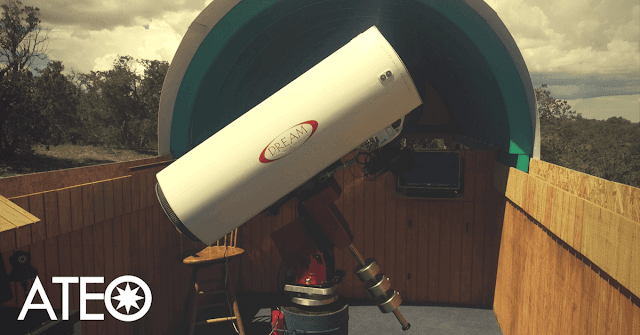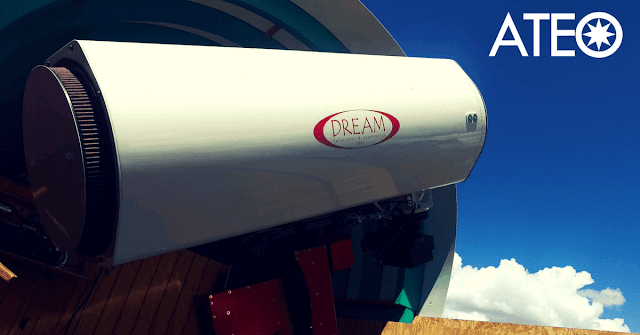Of the people who will be viewing an eclipse (total or partial) on August 21st, many will be young. Young enough that you'll want to double and triple-check their solar viewers before letting them look up at the Sun, and young enough, too, that you'll want other activities for them (and you!) as the Sun makes its way through the long partial phases. Not to mention, young enough that this will be their very first eclipse, and you'll want to make every moment count!
Viewing the Eclipse with Kids
The first and simplest activity is to make an eclipse viewer see the Sun. Note: Don't look at the Sun directly or through anything other than safe solar viewers or No. 14 arc welder's glass during the partial phases of the eclipse. It's completely safe to look at the blocked Sun during totality though.
If you weren't able to procure a pair of glasses, there are other options: Pinhole projectors work just as well, if not better, to view the Sun, and they come with the side benefit that they only work when you face your back to the Sun — eye safety guaranteed.
Find a cereal box, scissors, some tin foil, a pushpin or toothpick, and tape, and you'll have everything you need to make a pinhole projector to view the solar eclipse. Watch NASA's video for easy-to-follow instructions...
See the full Source Article by Monica Young at http://www.skyandtelescope.com/2017-total-solar-eclipse/solar-eclipse-activities-kids-families/
Read More
 |
| During the partial eclipse, two crossed hands create many holes that act as pinhole projectors. Photo by J. Kelly Beatty. |
Viewing the Eclipse with Kids
The first and simplest activity is to make an eclipse viewer see the Sun. Note: Don't look at the Sun directly or through anything other than safe solar viewers or No. 14 arc welder's glass during the partial phases of the eclipse. It's completely safe to look at the blocked Sun during totality though.
If you weren't able to procure a pair of glasses, there are other options: Pinhole projectors work just as well, if not better, to view the Sun, and they come with the side benefit that they only work when you face your back to the Sun — eye safety guaranteed.
Find a cereal box, scissors, some tin foil, a pushpin or toothpick, and tape, and you'll have everything you need to make a pinhole projector to view the solar eclipse. Watch NASA's video for easy-to-follow instructions...
See the full Source Article by Monica Young at http://www.skyandtelescope.com/2017-total-solar-eclipse/solar-eclipse-activities-kids-families/



